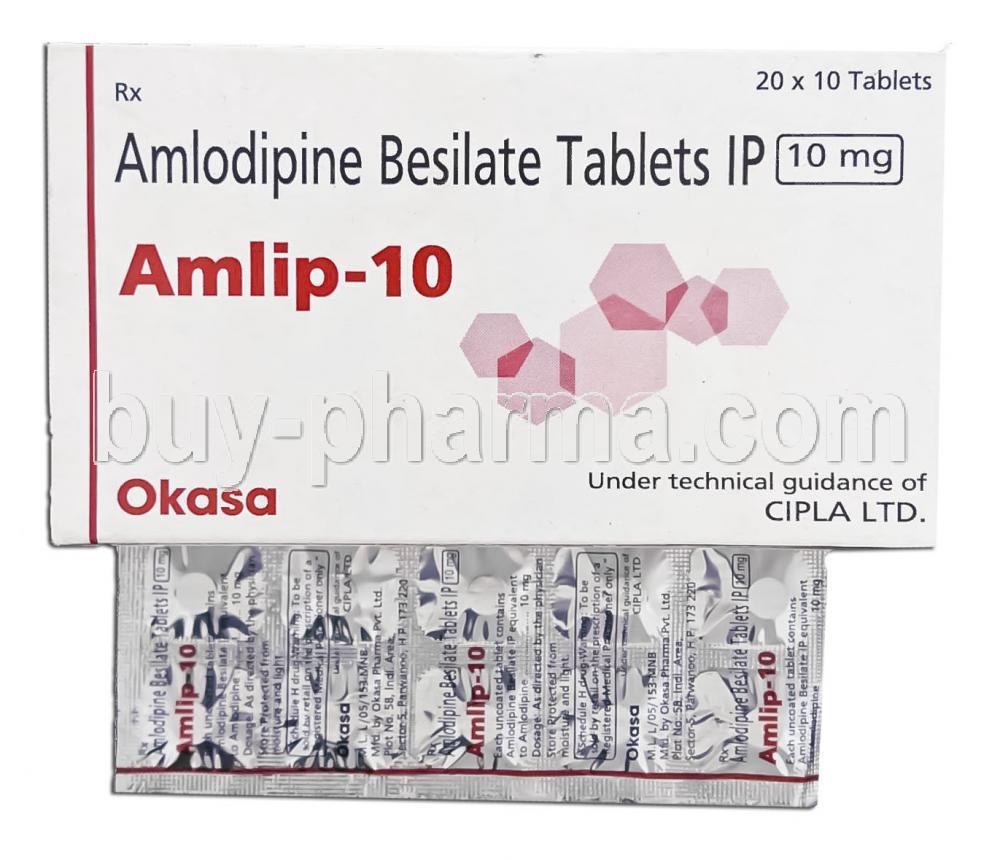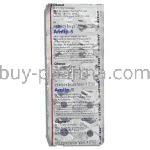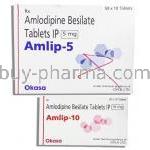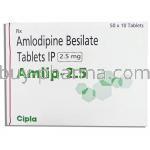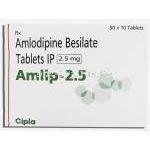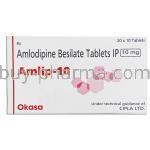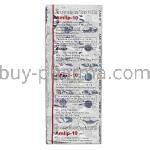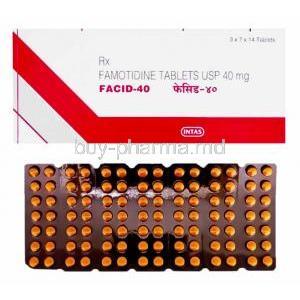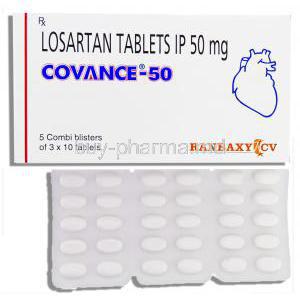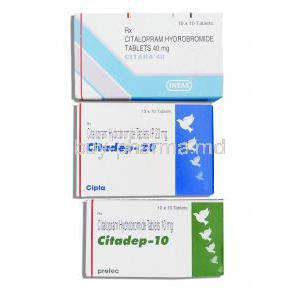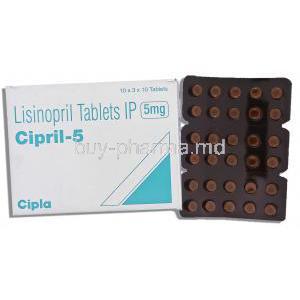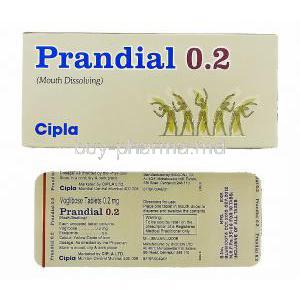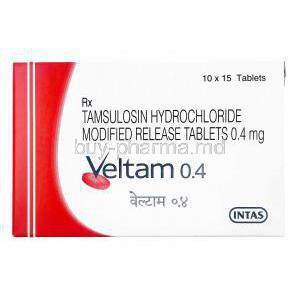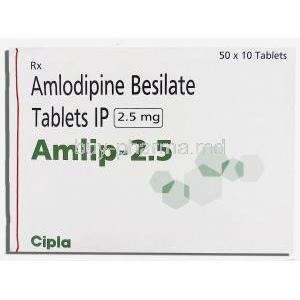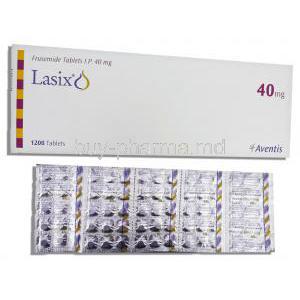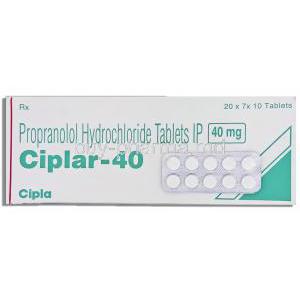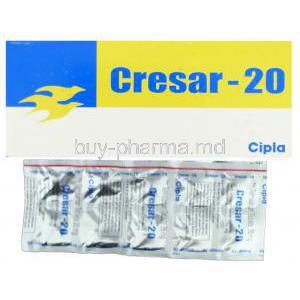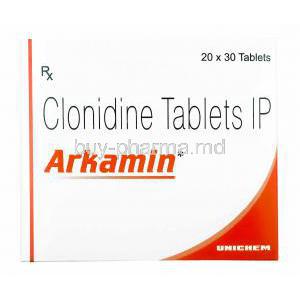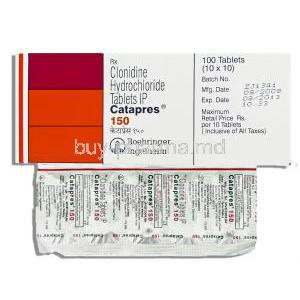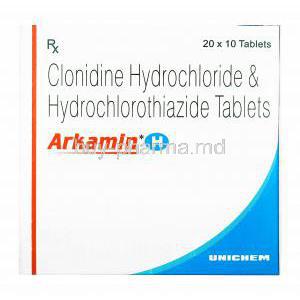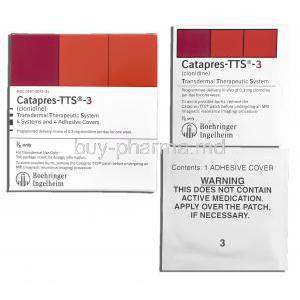Introduction to Amlip (Amlodipine Besylate)
Overview of Amlip and its Classification as a Calcium Channel Blocker
Amlip is a prescription medication formulated with the active pharmaceutical ingredient amlodipine besylate. It belongs to the pharmacological class of calcium channel blockers, specifically targeting L-type calcium channels in vascular smooth muscle. By hindering calcium ion influx, Amlip effectively induces vasodilation and lowers systemic blood pressure.
Therapeutic Class: Dihydropyridine Calcium Channel Antagonist
Amlodipine is categorized under the dihydropyridine subclass of calcium channel antagonists. Unlike non-dihydropyridine agents that also affect cardiac conduction, dihydropyridines like Amlip primarily exert their influence on peripheral vasculature, making them ideal for managing hypertension and angina without significant chronotropic effects.
Brand and Generic Availability
Amlip is a branded formulation of amlodipine besylate and is widely available alongside generic equivalents. The generic versions offer comparable efficacy and safety profiles, often at a more accessible price point.
Brief History and Approval Status
Amlodipine was first approved by the FDA in the early 1990s and has since become a mainstay in antihypertensive therapy. Amlip has received approval in numerous countries, backed by robust clinical data supporting its efficacy in cardiovascular risk management.
Medical Uses of Amlip (Amlodipine Besylate)
Approved Indications
- Treatment of Essential Hypertension: Amlip is indicated as a first-line agent for lowering elevated blood pressure in adults and certain pediatric populations.
- Management of Chronic Stable Angina: It improves exercise tolerance and reduces anginal attacks by enhancing coronary blood flow.
- Vasospastic (Prinzmetal’s) Angina: Amlip helps prevent episodes of coronary artery spasm, providing symptomatic relief.
Combination Therapy
- Use with Other Antihypertensives or Antianginal Agents: Amlip can be safely combined with ACE inhibitors, ARBs, or beta-blockers to achieve blood pressure targets or enhance antianginal effects.
- Common Fixed-Dose Combinations: Available in co-formulations with atorvastatin, valsartan, telmisartan, or hydrochlorothiazide for improved patient compliance and synergistic effects.
Cardiovascular Risk Reduction
- Prevention of Heart Attack and Stroke in High-Risk Patients: Long-term blood pressure control with Amlip helps reduce the incidence of myocardial infarction and cerebrovascular accidents.
- Role in Slowing Progression of Coronary Artery Disease: Amlip improves endothelial function and delays atherosclerotic progression in patients with established CAD.
Off-Label Uses of Amlip
- Raynaud’s Phenomenon and Vasospastic Disorders: Amlip has shown benefit in relieving peripheral vasospasm symptoms.
- Treatment of Pulmonary Hypertension (in Select Cases): Occasionally used under specialist supervision to manage pulmonary arterial pressure.
- Management of Hypertensive Urgency: Amlip may be employed in the ambulatory setting to reduce elevated BP safely over 24–48 hours.
- Diabetic Nephropathy with Hypertension: Supports renal protection when combined with ACE inhibitors or ARBs.
- Migraine Prophylaxis (Off-Label and Rare): Though infrequent, Amlip has been trialed in migraine prevention due to its vasodilatory action.
Mechanism of Action: How Amlodipine Works
- Calcium Ion Influx Inhibition in Vascular Smooth Muscle and Myocardium: Amlip selectively blocks L-type calcium channels, reducing intracellular calcium levels and promoting vasodilation.
- Vasodilation of Peripheral Arterioles: The relaxation of arteriolar smooth muscle lowers peripheral resistance and systemic blood pressure.
- Reduction of Myocardial Oxygen Demand by Lowering Afterload: This mechanism helps alleviate angina by decreasing cardiac workload.
- Effect on Coronary Vasodilation to Relieve Angina: Amlip dilates coronary arteries, improving oxygen delivery to ischemic myocardial tissue.
Dosage and Administration of Amlip
Standard Dosage Guidelines
- Initial and Maintenance Doses in Adults: Start with 5 mg once daily; maintenance dose ranges from 5–10 mg based on clinical response.
- Titration Intervals and Maximum Recommended Dose: Dose adjustments should be made at intervals of 7–14 days. Maximum recommended dose is 10 mg once daily.
Special Dosage Considerations
- Dosing in Hepatic Impairment: Initiate therapy at a lower dose (2.5 mg) due to reduced metabolism.
- Adjustment for Elderly Patients: Increased sensitivity warrants cautious dose escalation.
Administration Instructions
- Timing of Administration (With or Without Food): Amlip may be taken regardless of meals. Maintain consistency for optimal effect.
- Missed Dose and Overdose Guidance: If a dose is missed, take it as soon as possible. Skip if it's almost time for the next dose. In case of overdose, seek emergency care immediately.
Composition and Available Strengths of Amlip
- Active Ingredient: Amlodipine Besylate: Each tablet contains amlodipine besylate equivalent to 2.5 mg, 5 mg, or 10 mg of amlodipine base.
- Available Tablet Strengths: 2.5 mg (for dose titration), 5 mg (standard dose), and 10 mg (maximum dose).
- Inactive Ingredients and Excipients: May include microcrystalline cellulose, magnesium stearate, sodium starch glycolate, and lactose monohydrate depending on manufacturer.
Storage Guidelines for Amlip Tablets
- Recommended Storage Temperature Range: Store at 20–25°C (68–77°F). Brief exposure to 15–30°C is permitted.
- Light, Moisture, and Humidity Protection: Keep tablets in a tightly closed container away from direct light and humidity.
- Proper Packaging and Container Types: Use original blister packs or HDPE bottles with desiccants as provided by the manufacturer.
- Shelf Life and Expiration Considerations: Follow expiry date printed on packaging. Do not use tablets that appear discolored or damaged.
Common and Serious Side Effects of Amlip
Common Side Effects
Amlip, like other calcium channel blockers, may cause mild to moderate side effects in certain individuals. These symptoms are generally transient and diminish with continued use.
- Peripheral Edema: Fluid accumulation, especially in the ankles and feet, is one of the most frequently reported effects.
- Headache, Dizziness, and Fatigue: These symptoms may occur during the initial weeks of therapy as the body adjusts to the medication.
- Flushing and Palpitations: Vasodilation can lead to facial flushing and a sensation of rapid or irregular heartbeat.
Serious Adverse Reactions
While uncommon, some patients may experience serious complications that require immediate medical attention.
- Severe Hypotension: A sudden and profound drop in blood pressure may lead to dizziness, fainting, or shock.
- Bradycardia or Arrhythmia: Disruption of cardiac electrical signals may occur, especially in patients with underlying heart conditions.
- Hepatic Enzyme Elevation: In rare cases, liver function tests may show increased transaminase levels.
- Allergic Reactions and Angioedema: Swelling of the face, lips, or throat can be life-threatening and warrants urgent care.
Drug Interactions with Amlip
Major Drug Interactions
Several pharmacokinetic and pharmacodynamic interactions may alter the safety and efficacy of Amlip.
- CYP3A4 Inhibitors and Inducers: Agents like ketoconazole may increase amlodipine levels, while rifampin may reduce its efficacy.
- Beta-Blockers and Other Antihypertensives: Additive effects may lead to excessive hypotension or bradycardia.
- Simvastatin and Statin Toxicity Risk: Co-administration with simvastatin increases the risk of myopathy or rhabdomyolysis; dose adjustments are advised.
Minor and Moderate Interactions
- NSAIDs and Antihypertensive Efficacy: NSAIDs may blunt the antihypertensive effects of Amlip by promoting fluid retention.
- Grapefruit Juice Interaction: Grapefruit may modestly increase plasma concentrations of amlodipine via CYP3A4 inhibition.
- Immunosuppressants (e.g., Tacrolimus): Amlip may raise tacrolimus levels, necessitating therapeutic drug monitoring.
Warnings and Precautions for Safe Use
- Risk of Symptomatic Hypotension: More likely in volume-depleted individuals or those on diuretics.
- Caution in Patients with Severe Aortic Stenosis: Fixed cardiac output may limit the benefit of vasodilation.
- Hepatic Impairment and Delayed Clearance: Reduced metabolism may result in prolonged drug exposure and increased side effects.
- Heart Failure with Reduced Ejection Fraction: Amlip should be used with caution as it may exacerbate fluid retention.
Contraindications for Amlip Use
- Known Hypersensitivity to Amlodipine or Any Component: Includes history of rash, itching, or angioedema after prior use.
- Cardiogenic Shock or Unstable Angina: Particularly contraindicated during acute episodes due to risk of worsening hemodynamics.
- Severe Hypotension (Systolic BP <90 mmHg): Amlip should not be initiated in patients with critically low blood pressure.
Careful Administration and Monitoring Guidelines
- Titration and Blood Pressure Monitoring: Gradual dose adjustments help prevent sudden hypotensive episodes.
- Liver Function Monitoring in Hepatic Impairment: Baseline and periodic liver tests are recommended in at-risk individuals.
- Caution with Concurrent Use of Other Cardiovascular Drugs: Close monitoring required when used with diuretics, ACE inhibitors, or digitalis glycosides.
Important Precautions Before and During Treatment
- Avoid Sudden Discontinuation: May precipitate a rebound increase in blood pressure or angina.
- Monitor for Signs of Fluid Retention or Heart Failure: Weight gain, edema, or shortness of breath should be reported promptly.
- Driving or Operating Machinery—Risk of Dizziness: Especially during dose initiation or escalation.
- Alcohol Use and Potentiation of Hypotensive Effects: Concurrent alcohol consumption can amplify vasodilation and cause dizziness.
Administration of Amlip to Elderly Patients
- Increased Sensitivity to Blood Pressure-Lowering Effects: Age-related changes in pharmacodynamics may enhance response.
- Initial Dose Considerations: Lower starting doses (e.g., 2.5 mg) are advised.
- Monitoring for Postural Hypotension and Falls: Regular blood pressure checks and fall risk assessments are essential.
Use of Amlip in Pregnant Women and Nursing Mothers
- Pregnancy Category and Fetal Risk: Classified as Category C; animal studies show adverse fetal effects, but human data is limited.
- Animal Reproductive Studies and Human Data: Animal models suggest embryotoxicity at high doses; caution warranted.
- Considerations During Lactation and Milk Transfer: Amlodipine is excreted in small amounts in human milk. Monitor nursing infants for hypotension or irritability.
Administration of Amlip to Pediatric Patients
- Approved Pediatric Indications and Age Limits: Amlip is approved for hypertension in children aged 6 to 17 years.
- Dosage Considerations in Children with Hypertension: Pediatric doses typically start at 2.5 mg/day, with careful titration.
- Monitoring Parameters in Pediatric Use: Blood pressure, growth parameters, and possible adverse effects should be routinely assessed.
Overdose and Emergency Management
- Symptoms of Overdose: Includes profound hypotension, reflex tachycardia, and, in severe cases, cardiogenic shock.
- Recommended Interventions: Immediate gastric lavage followed by activated charcoal administration may be beneficial if presented early.
- Supportive Measures and Calcium Administration: Intravenous calcium gluconate and vasopressors can help restore vascular tone.
Handling and Safety Precautions
- Safe Handling of Broken or Crushed Tablets: Avoid inhalation or skin contact; wash hands thoroughly after handling.
- Disposal of Unused or Expired Medication: Follow local pharmaceutical disposal protocols or return to pharmacy take-back programs.
- Storage Away from Children and Pets: Store in a locked cabinet or child-resistant container to prevent accidental ingestion.

